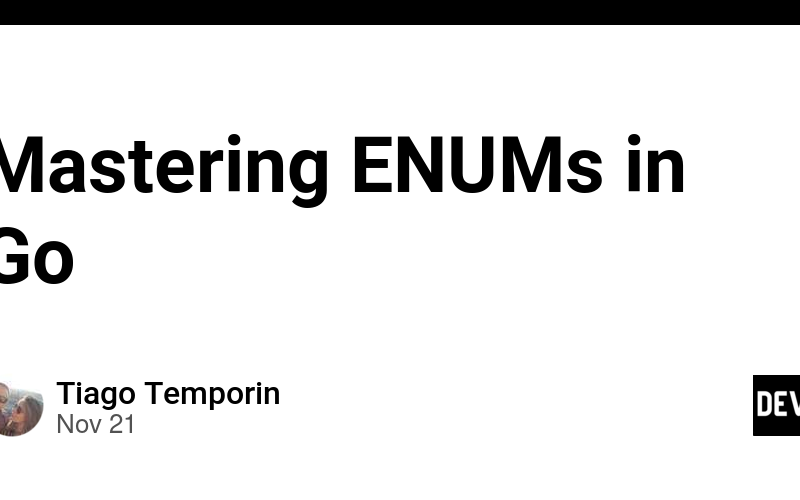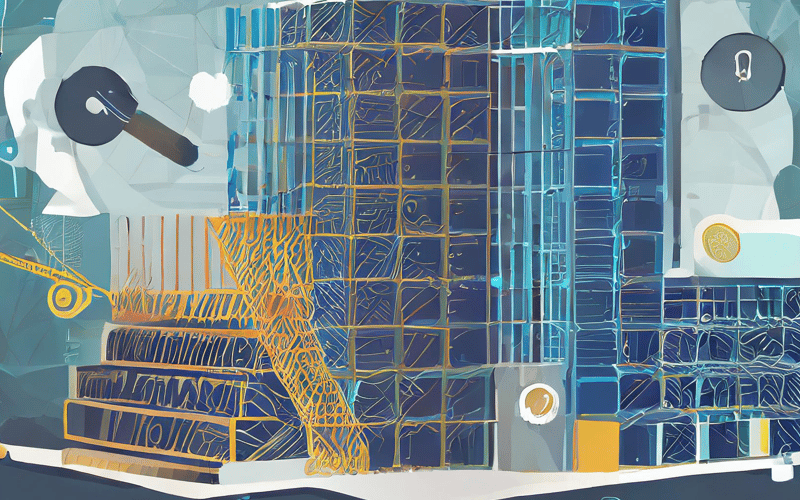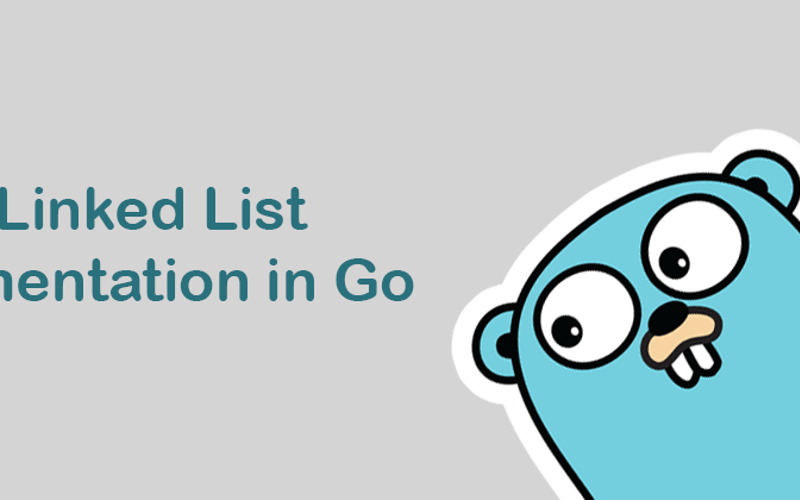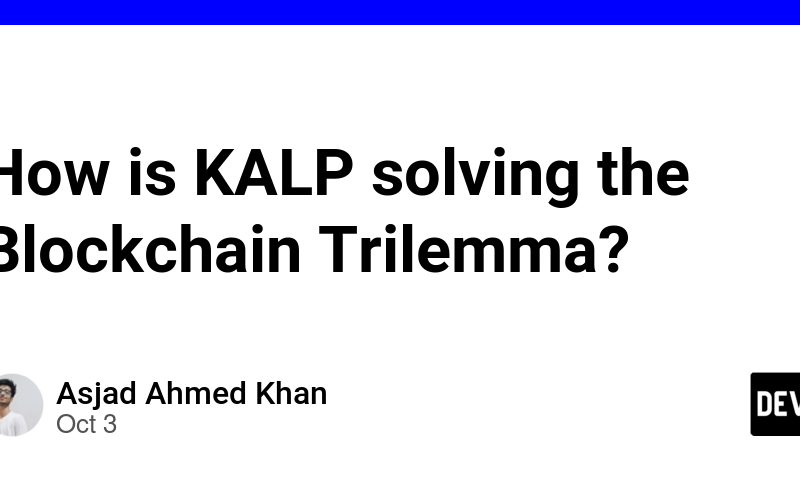21
Nov
Often, within the systems we develop, we encounter constant values. One example of these values could be the representation of a registration status. In this case, consider a status that includes more variations beyond active and inactive. If these statuses are defined as strings, their validation within the system could become a major headache. Additionally, this approach might “inflate” the binary, as each validation would involve two strings (the expected value and the value being validated). To avoid these problems, we can use the well-known enum type. If you’re unfamiliar with this type, it is essentially a fixed or limited-size…










